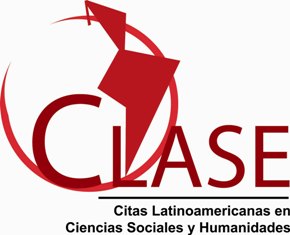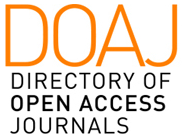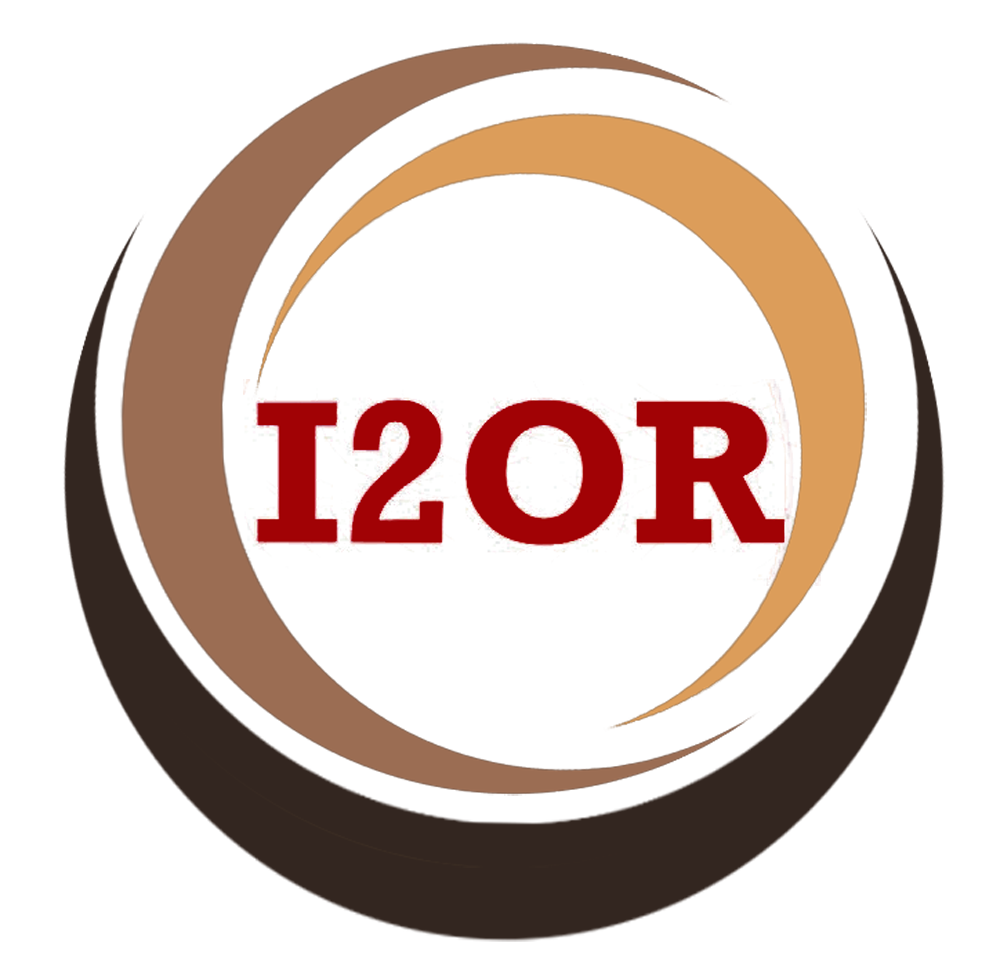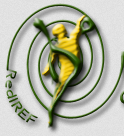Physical and logopedic rehabilitation in the aphasic period (Original)
Palabras clave:
language, communication, aphasia, physical rehabilitation, logopedistResumen
The language is man's most complex function by means of which he can draw abstraction and generalization processes about phenomena of reality reflecting them through conventional signs. When a neurological damage occurs in patient neurophysiological mechanisms in charge with the encoding and decoding of oral and written information are disintegrate. If this happens aphasia comes into being, alteration of the language and communication that is used to affect people who have shown an organic alteration of the central nervous system. It basically hampers the communicative function of the language. Aphasia is also a syndrome of basic study for professionals such as neurologist, physiotherapists, and language therapists. If the two latter work together and the physiotherapist is able to apply correctly the orientations explained by the language therapist, the patient will improve his treatment as he will rehearse his language, while he performs his physical therapy. So when the language therapist treats him the patient will be more communicative since physical rehabilitation on patients affected with aphasia is very important for making their progress. Consequently, the objective of this work is the elaboration of some methodological guidelines for physical and logopedic rehabilitation of aphasia in order to favor communication. The population is composed by one aphasic patient. This research is important because it guarantees that the patient gets a better standard of life, being more independent and communicative in his active incorporation to society.
Descargas
Referencias
2. Ardila, Alfredo. (2006). Las aphasias. Department of Communication Sciences and Disorders. Florida International University. EEUU.
3. Artigas, J. y otros. (2010). Trastornos del lenguaje. Protocolos, diagnóstico terapéutico. Neurología pediátrica. Asociación Española de Pediatría. Disponible en URL: www.aeped.es/protocolos/. Consultado: 2016, agosto 28.
4. Azcoaga, J. E. y Bello, J. A. (2005). Los retardos del lenguaje en el niño La Habana: Editorial Pueblo y Educación.
5. Báez, M. (2006). Hacia una comunicación más eficaz. La Habana: Editorial Pueblo y Educación.
6. Cabanas, R. y otros. (1988). Material de apoyo al curso para técnicos en Logopedia y Foniatría. Tomo I. La Habana: Editorial Pueblo y Educación.
7. Colectivo de autores. (2007) Manual de técnicas logofoniátricas. La Habana: Editorial Ciencias Médicas.
8. Fernández, G. y Véliz, M. C. (2010). La organización de la atención logopédica integral en las instituciones educacionales. La Habana: Editorial Pueblo y Educación.
9. Fernández Pérez De Alejo, G. y Pons Martínez, M. (2013). Logopedia. Segunda Parte. La Habana: Editorial Pueblo y Educación.
10. Figueredo Escobar, E. (1986). Logopedia. Tomo I. La Habana: Editorial Pueblo y Educación.
11. Figueredo Escobar, E. (2000). Fundamentos psicológicos del lenguaje. Santiago de Chile. Ediciones del Instituto de Investigaciones y Perfeccionamiento.
12. Hernández Cunilic, M. E. (2004). II Congreso Internacional de Logopedia y Foniatría. Ponencia: Rehabilitación física y defectológica en el paciente afásico. La Habana: MINSAP.
13. Launay, C. l. y Borel - Maisonny, S. (1975). Trastornos del lenguaje, la palabra y la voz en el niño. Barcelona: Toray - Masson S.A.
14. Luria, A. R. (1982). Las funciones corticales superiores del hombre. La Habana: Científico-Técnica.

































